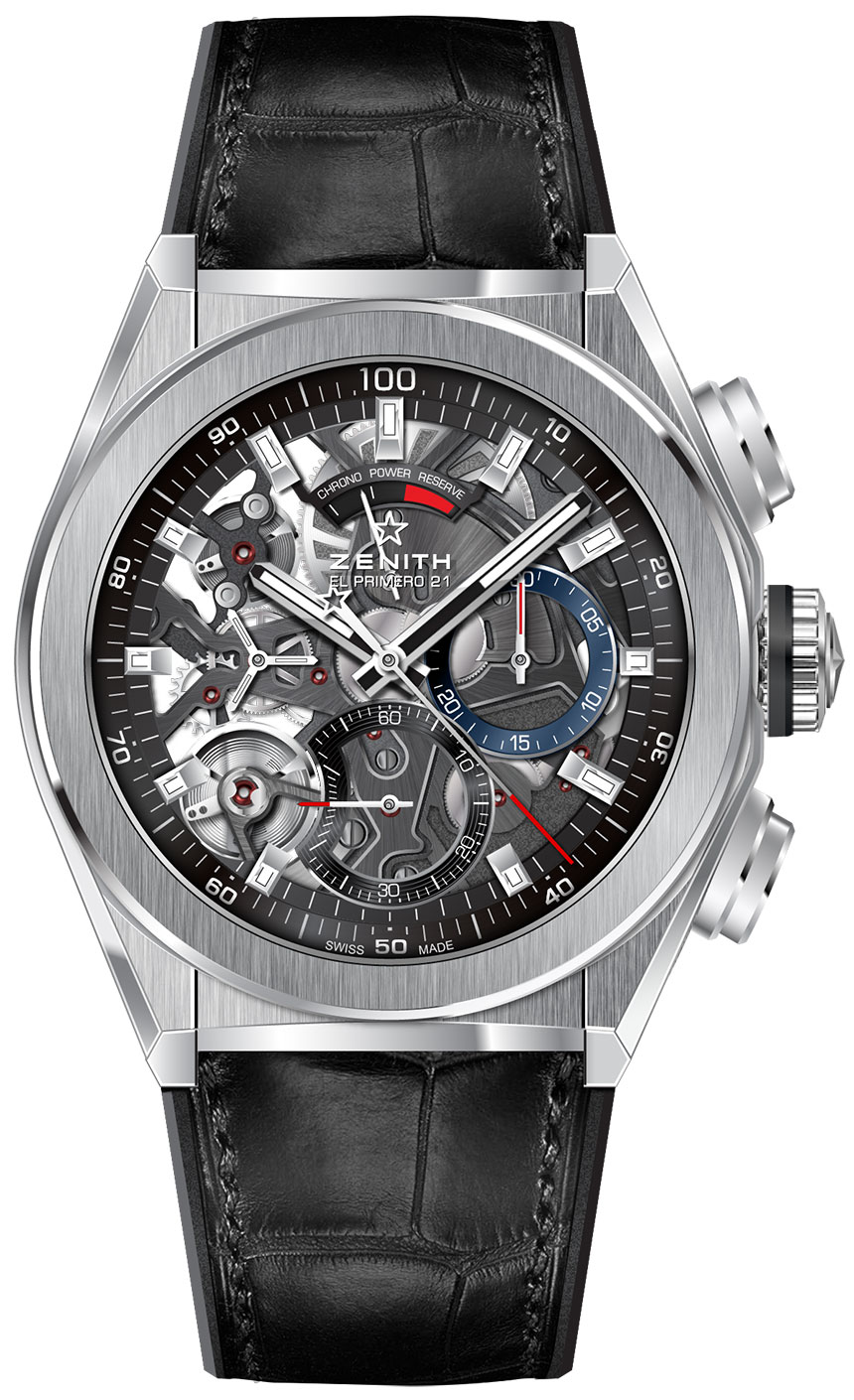
The Zenith Defy El Primero 21 is the first major new Zenith timepiece release under still new “interim CEO” Jean-Claude Biver. The head of the watch division at LVMH is now personally running both TAG Heuer and Zenith (Hublot and Bulgari are also LVMH watch brands), which is no doubt challenging given the opportunities each brand presents, as well as the current difficulties facing the luxury watch market. It was just a few months ago, in January of 2017, that Zenith announced Jean-Claude Biver would take the helm for the time being.
A few months is not enough time for anyone to come up with a product from scratch, yet this Zenith Defy El Primero 21 feels very fresh and a new, welcome direction for Zenith as a high-end watchmaker. Though, as you will see, it is a well-curated assortment of skills and inventions pulled from the family of brands – as well as a totally new movement and concept for Zenith. Once again, Mr. Biver and team cleverly mix modernity and heritage for a watch thoroughly positioned “in the now” that allows us to optimistically ponder the future direction of where he will lead Zenith.
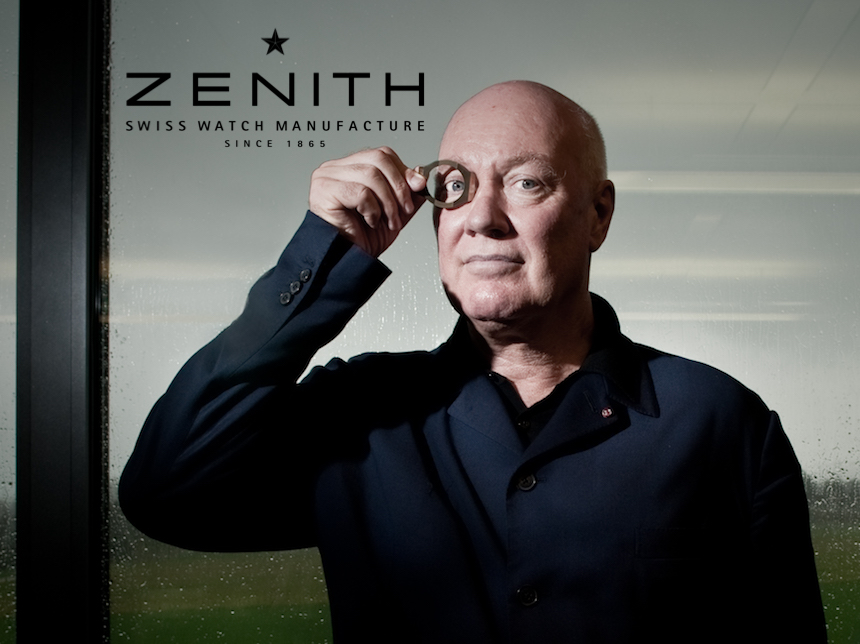
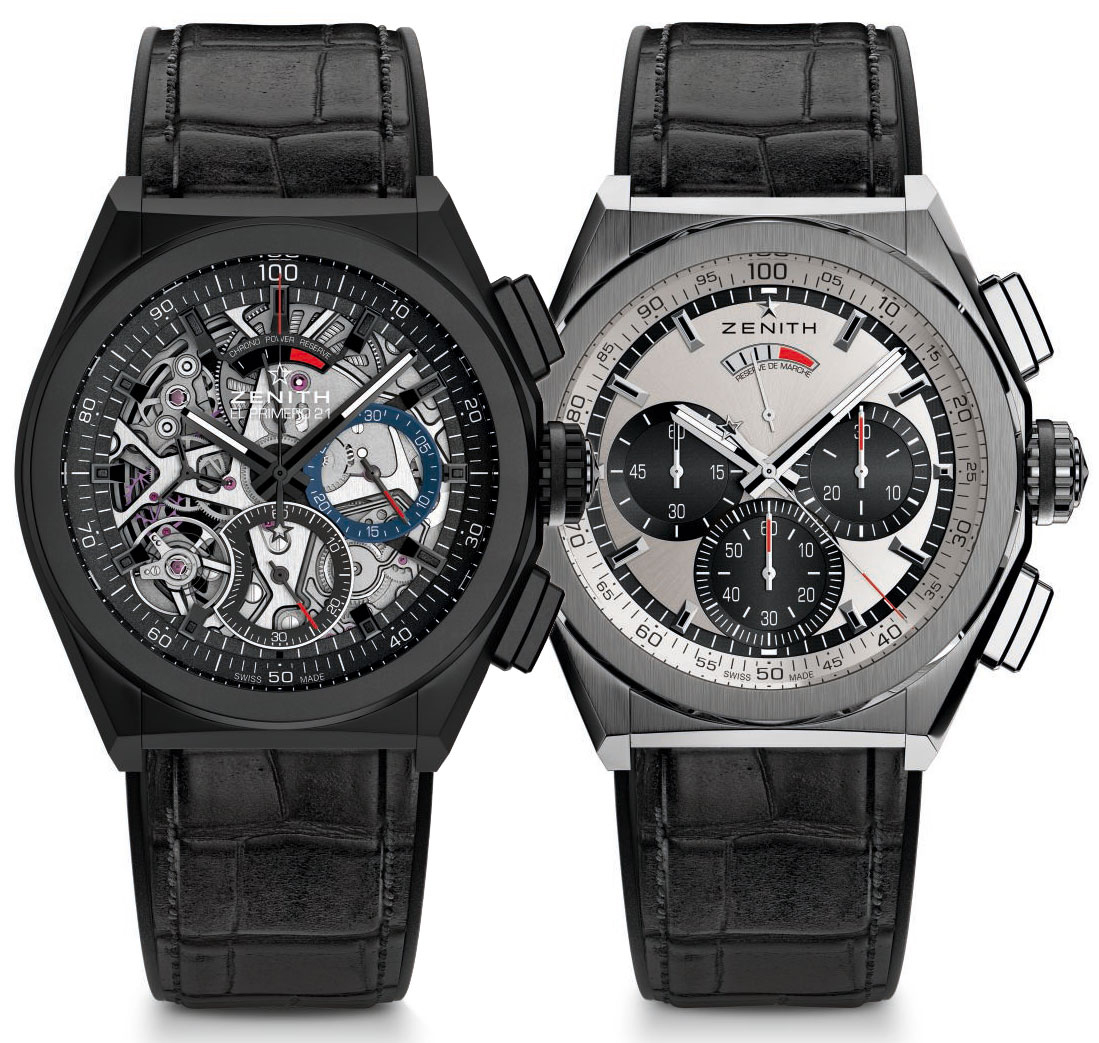
With little time available and Baselworld 2017 to prepare for, Jean-Claude Biver needed something wow-worthy to debut to an audience very eager to see what his plan for Zenith is. Speaking to him long before he took over Zenith, he mentioned during a conversation in semi-jest that “Zenith could be renamed ‘El Primero’ as a brand” because of how important this signature movement is to the company. The story of the El Primero is not often discussed, but it is very fascinating.
I will only cover the basics for now. It debuted in 1969 as one of the first automatic chronograph movements and further benefited from having a 5Hz (versus 4Hz) regulation system speed. Operating at 36,000bph allowed the movement to be more precise over time and to measure 1/10 of a second as opposed to 1/8th of a second. In our world of digital instruments today that number hardly means anything, but to devotees of mechanical measuring devices, it is a big deal. Everyone loves speed.
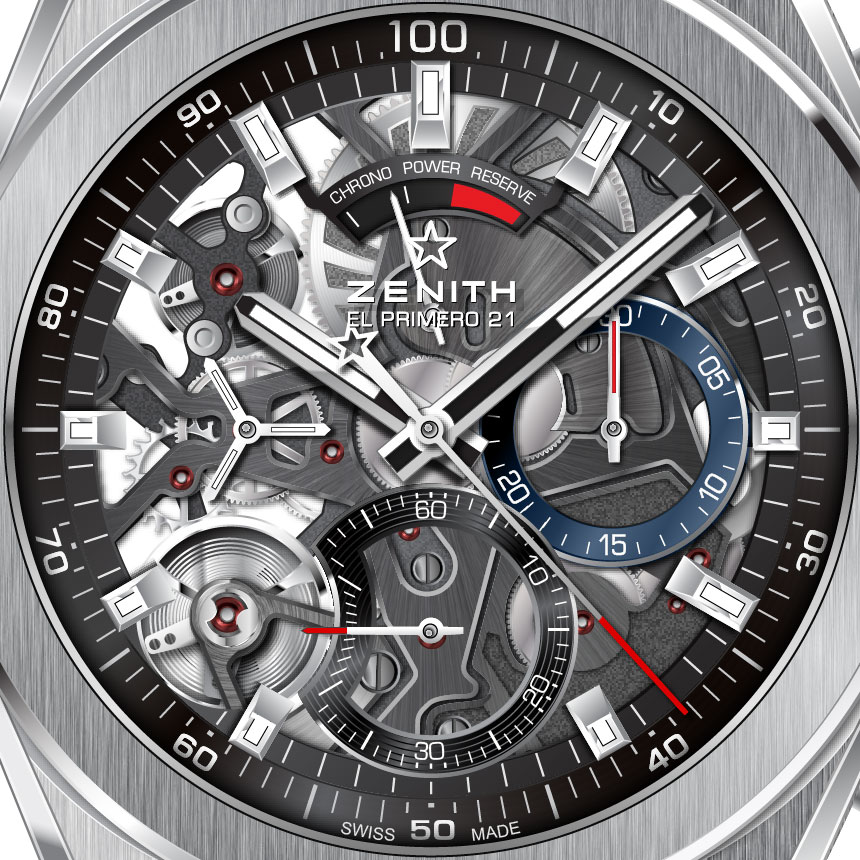
During the quartz crisis, the El Primero more or less stopped being made and was almost totally forgotten about, according to some testimonies. In my understanding, the designs for the Zenith El Primero were almost lost, saved by a particular employee at Zenith who hoarded away the technical specifications intentionally, fearing that they would be trashed. It is because of that individual that the El Primero lived on when the mechanical watch became a luxury item sometime later in history. Today, the Zenith “El Primero” is a name that any even remotely educated watch lover is familiar with.
In my mind, the “El Primero 21” name signifies that the El Primero 21 movement is the “El Primero for the 21st century.” Aside from the name, the movement inside of the Zenith Defy El Primero 21 watch is not a traditional El Primero. It is, in fact, technology that began at fellow LVMH group brand TAG Heuer that has been refined and re-engineered for Zenith in a way that probably makes a lot more sense at the Zenith of today than the TAG Heuer of today. Jean-Claude Biver has always been smart about using established assets to create things which feel fresh.
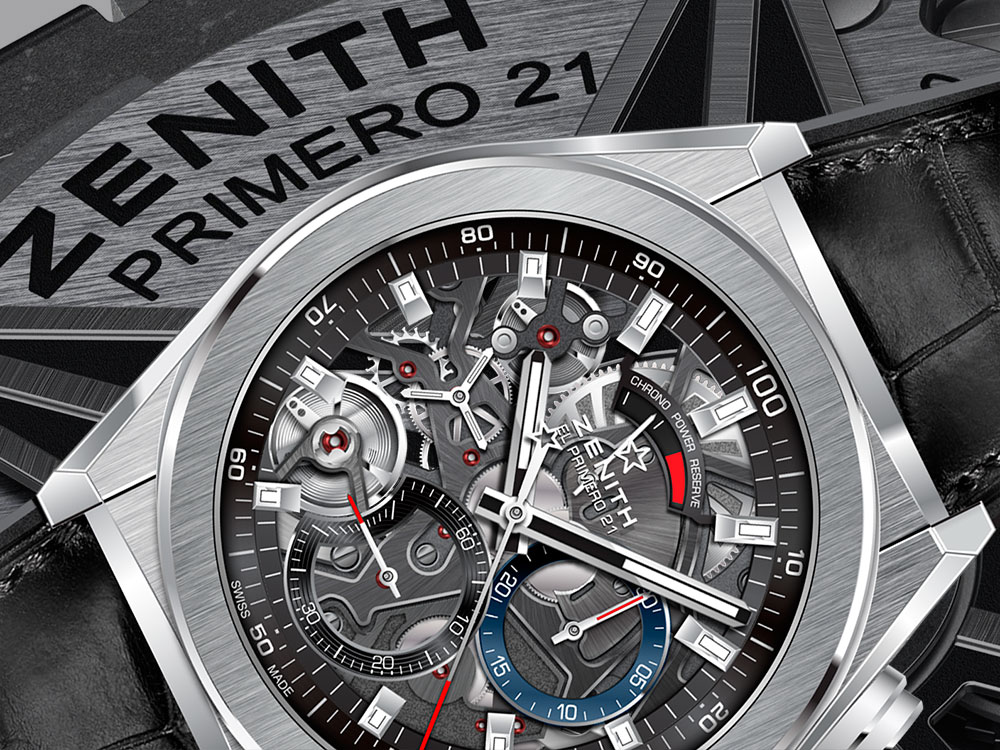
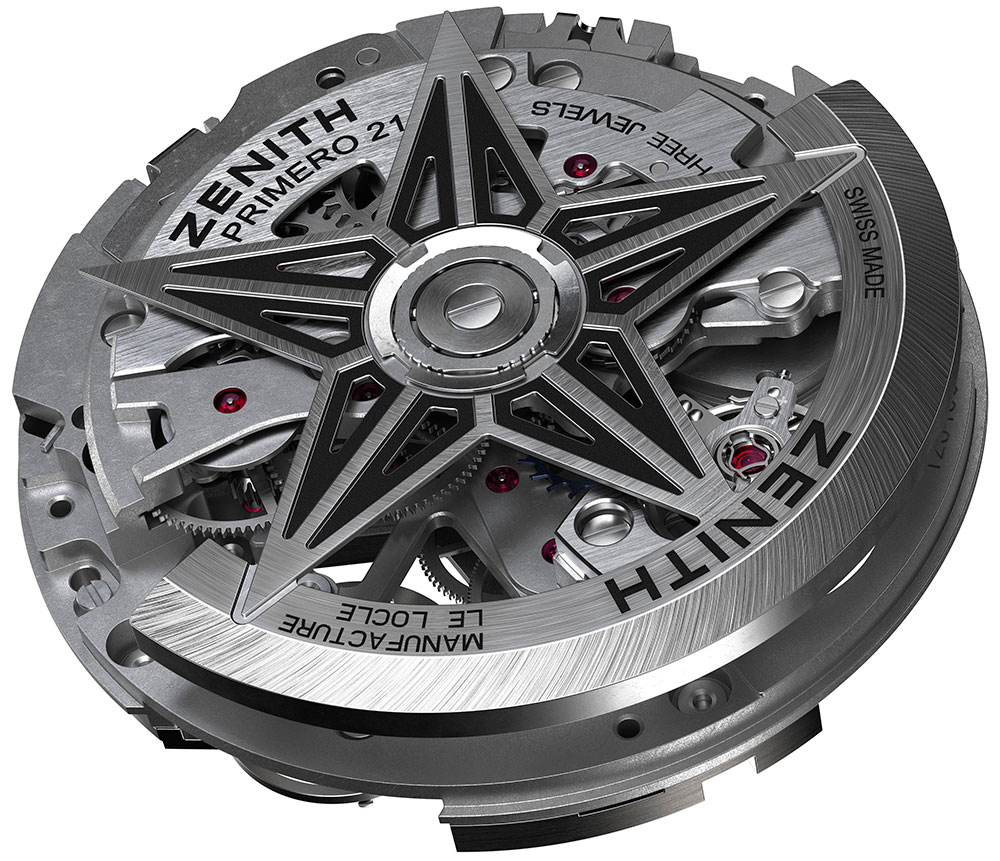
When I last saw this 1/100th of a second chronograph movement concept it was back in 2011 inside of the TAG Heuer Carrera Mikrograph (hands-on here). The dial layout is unchanged for the Zenith Defy El Primero 21, but the movement architecture itself is totally new, according to the brand, as is the use of materials such as Carbon-Matrix Carbon Nanotube used to produced the two balance wheels. This light, strong, and totally anti-magnetic material was not available in 2011, and is a major part of what makes this movement even more competitive today. Moreover, it isn’t in a watch priced at $50,000. More on the movement in a bit.
I spoke with Guy Semon – the “head engineer” at TAG Heuer who is among the most important technical people at the brand – about the El Primero 21 movement. Guy admitted that he was more or less the person who began the El Primero 21, which makes total sense because he is the guy to go to (as TAG Heuer and Zenith are in the same group), and Mr. Biver knows it. Guy started at TAG Heuer around 2004 when the brand needed someone to make the now famed Monaco V4 watch work. TAG Heuer never let him go, and for good reason.
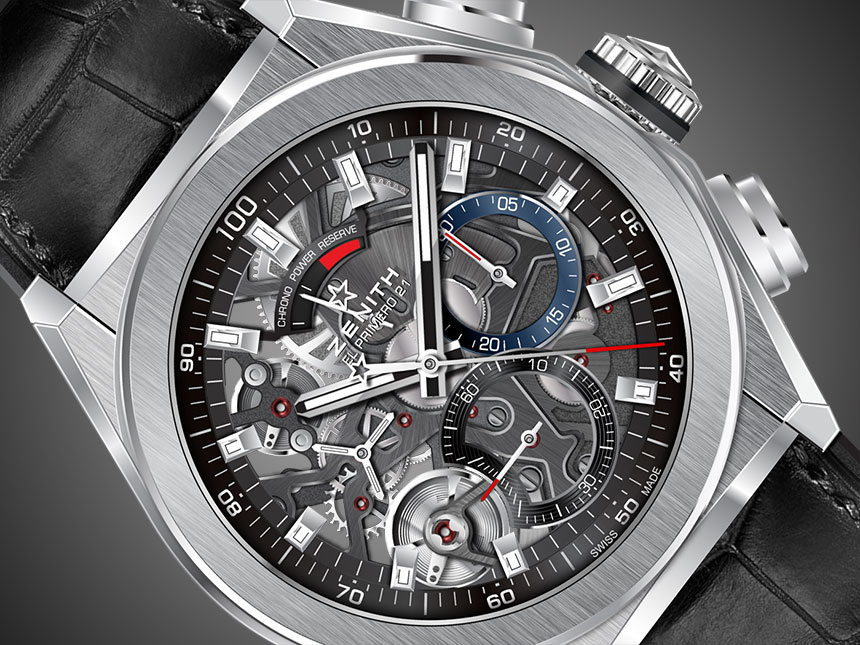
Mr. Semon is the man responsible for some of our modern era’s more technically challenging watch movements and also for helping TAG Heuer connect with Intel for the Connected smartwatch product. He is also the mind behind the Zenith El Primero 21 movement. According to Guy, while there are similarities between the El Primero 21 and the Mikograph, beyond sharing a dial layout, the two movements don’t share any parts, and the Zenith El Primero 21 is a movement that is totally fresh with an entirely novel system.
The last time most people recall hearing the “Zenith Defy” name was back in the Nataf era, when some extremely unfortunate design and marketing decisions were being made at Zenith. With that said, the Zenith Defy name goes back several decades and is now back in the Zenith Defy El Primero 21 – for the better. Case design for the Zenith Defy El Primero 21 is novel (inspired by the late 1960s, apparently), but blends aesthetic elements which are truly “Biverian” when looking at many of his other popular models from both Hublot and TAG Heuer.
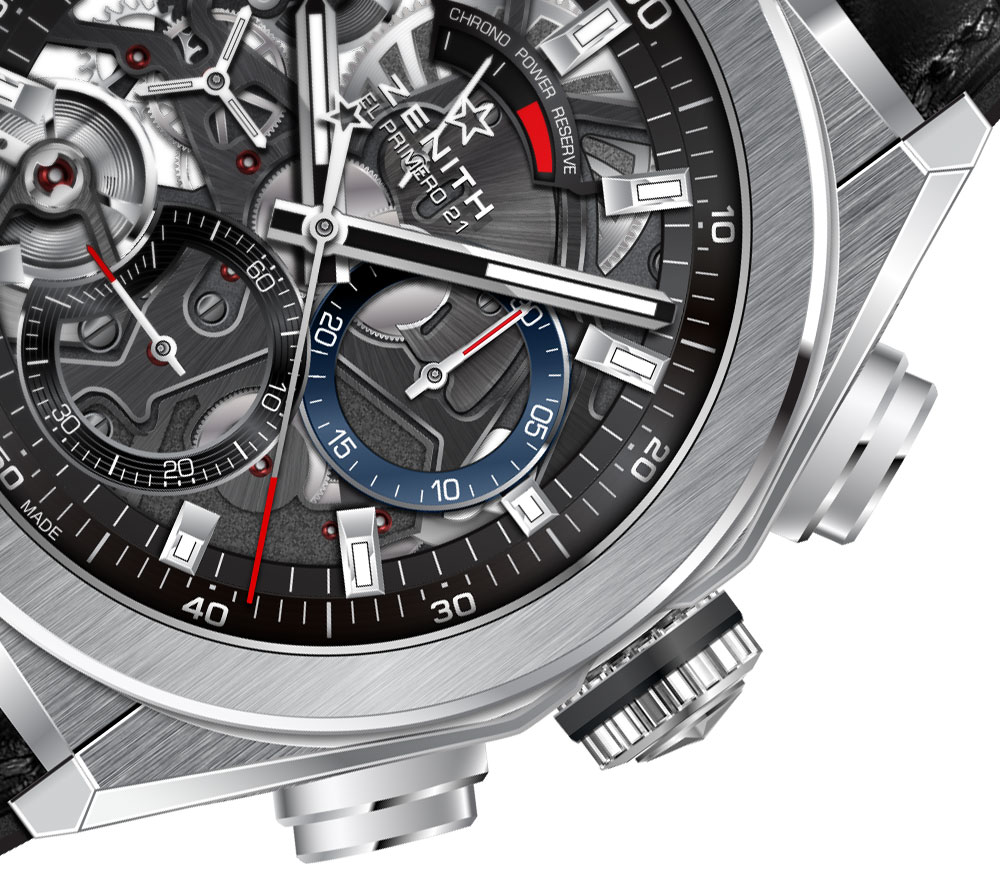
The debut Zenith Defy El Primero 21 will come in a 44mm-wide titanium case, in three versions. Zenith refers to the case design as “powerful,” and indeed it is more modernly masculine than pretty much anything Zenith makes right now (emphasis on modernly). With that said, this is very much a restrained design in the scheme of macho watch cases we’ve seen released under Mr. Biver’s leadership at various brands. It is much more elegantly simple than, say, a Hublot Big Bang, and certainly a bit more mature than the TAG Heuer Carrera Heuer 01. Zenith says the case is inspired by the Original El Primero from 1969. While that may be the case, to me, it seems to have more in common with contemporary sports watches.
What the Zenith Defy El Primero 21 does have in terms of “Biver sports watch DNA” are angular edges mixed with larger rounded shapes, a seamless integration between case and strap, prominent crown and pushers, as well as a thoroughly skeletonized dial. This latter component is likely a crucial part of a larger strategy to distinguish mechanical watches from… well, those that aren’t mechanical. The notion likely being that when someone spends a lot of money on a mechanical watch for the movement, it isn’t a terrible idea to visually let them see the movement (both on the front and back of the case).
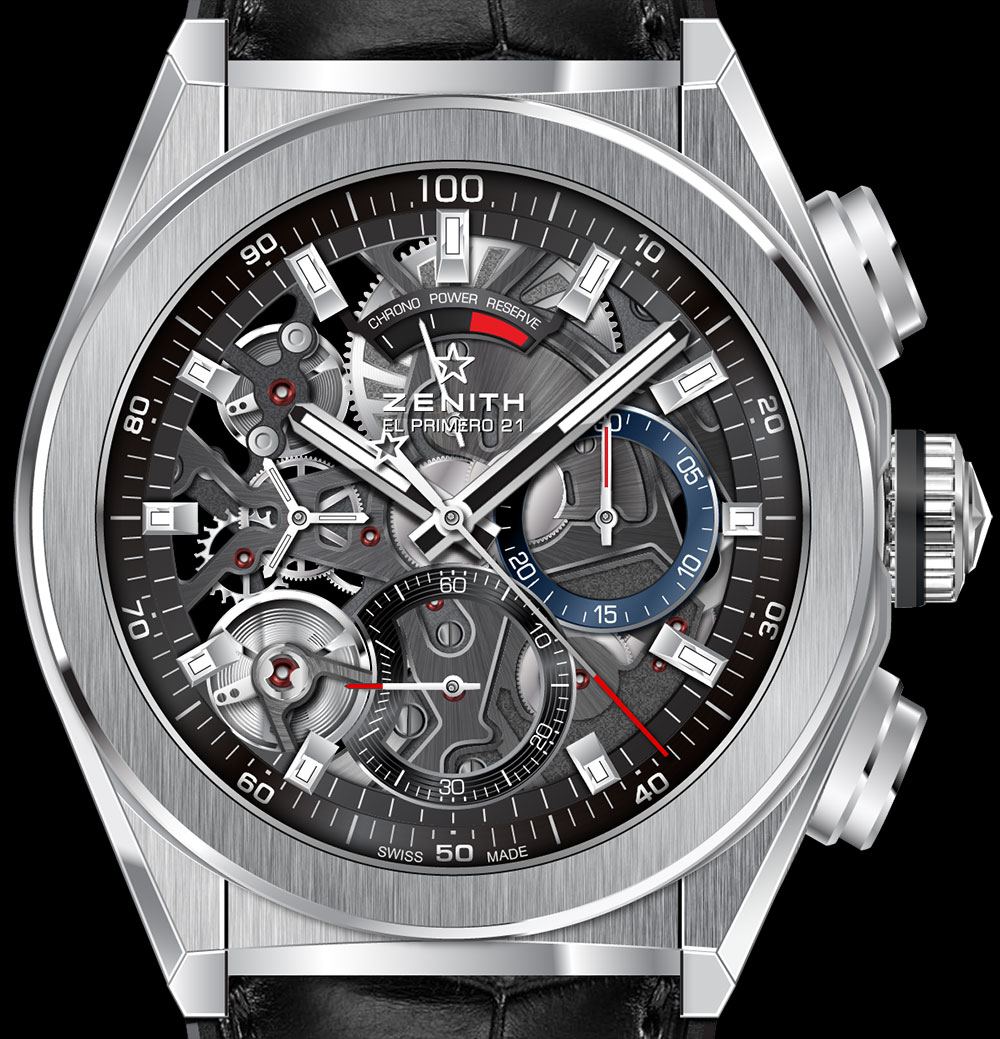
Very little on the Zenith Defy El Primero 21 watch is shared with other Zenith timepieces save for some of the important dial elements such as the hands, hour markers, and color schemes. In addition to the main hour and minute hands, we see elements from existing Zenith timepieces such as the three-spoke subsidiary seconds hand and the colors of the chronograph subdials. I’ll have to wait until I see the Defy El Primero 21 watch hands-on make final conclusions about how the dial and skeletonized view of the movement work together, and how those elements affect legibility.
The three versions of the Zenith Defy El Primero 21 for 2017 include a natural titanium case with a skeletonized dial (reference 95.9000.9004/78.R582), a black-coated titanium case with a skeletonized dial (reference 24.9000.9004/78.R582), and non-skeletonized dial and natural titanium case model (reference 95.9001.9004/01.R582). The latter model is going to be the more sober, classic-looking of the models, but the movement is interesting-looking, and modern visuals of the skeletonization will likely appeal to more people.
